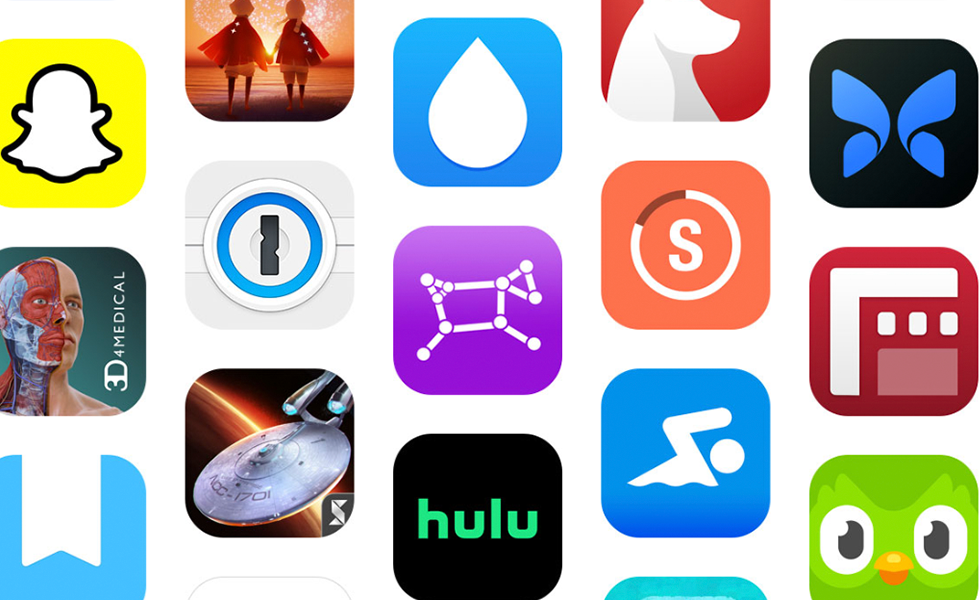A win in court for Apple
Taking a step back. In 2021, Epic Games tested whether Apple can continue to force developers to use its payment system. The ruling was largely in Apple’s favor, with the exception that the lower court said Apple must allow developers the opportunity to steer their customers to their own payment platforms, notifying them that they can make a purchase on the web and don’t need to go through the app — something that would likely mean Apple would make less money from its App Store.
Fast forward to this week, and the Supreme Court reversed the steering ruling from 2021. Now Apple no longer has to allow developers the option to steer customers outside of the App Store for payments.
